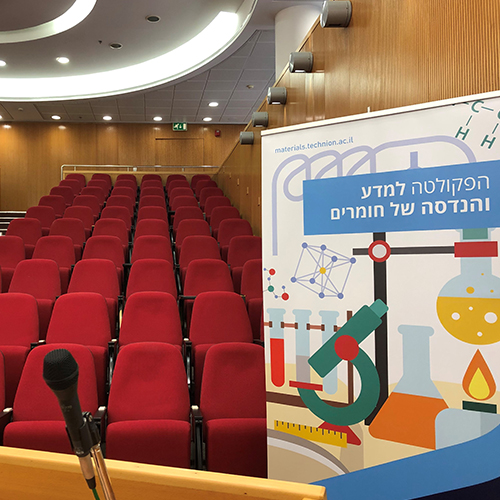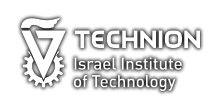
Mr. Noam Veber - Ph.D. Candidate
03/07/2025
ZOOM
13:30
Halide perovskites have garnered significant attention for their exceptional electro-optical properties, such as tunable band gaps and ease of fabrication at low cost. These qualities make them ideal candidates for next-generation photovoltaics and light-emitting diodes. However, challenges remain in realizing their full potential, primarily regarding their structural and optical stability. The dynamic nature of halide perovskite crystals, combined with their low melting temperatures, facilitates defect formation and annealing (self-healing) even at room temperature. This contrasts with traditional semiconductors, which exhibit greater rigidity and lower tendency for self-repair.
In this seminar, I will demonstrate how defects impact the electro-optical properties of halide perovskites, particularly focusing on CsPbBr3 microcrystals grown via vapor deposition. We begin by investigating how strain-induced structural transformations lead to the formation of ferroelastic domains, which in turn affect the electro-optical properties of the material. Next, we examined the self-healing capabilities of these crystals when subjected to radiation damage, building on previous work that showed nanocrystals can repair their crystal structures. In microcrystals, we take advantage of direct comparisons between the damaged regions and their corresponding optical properties to identify the optimal conditions for self-healing. Finally, we address photoluminescence blinking, a phenomenon typically associated with nanocrystals. Our findings reveal that blinking occurs in microcrystals as well, even beyond the conventional size limits, and is correlated with an excess of lead in the synthetic process.
This work sheds light on the complex interplay between defects, structural dynamics, and electro-optical performance in halide perovskites, providing crucial insights into how to overcome these challenges for future device applications.


